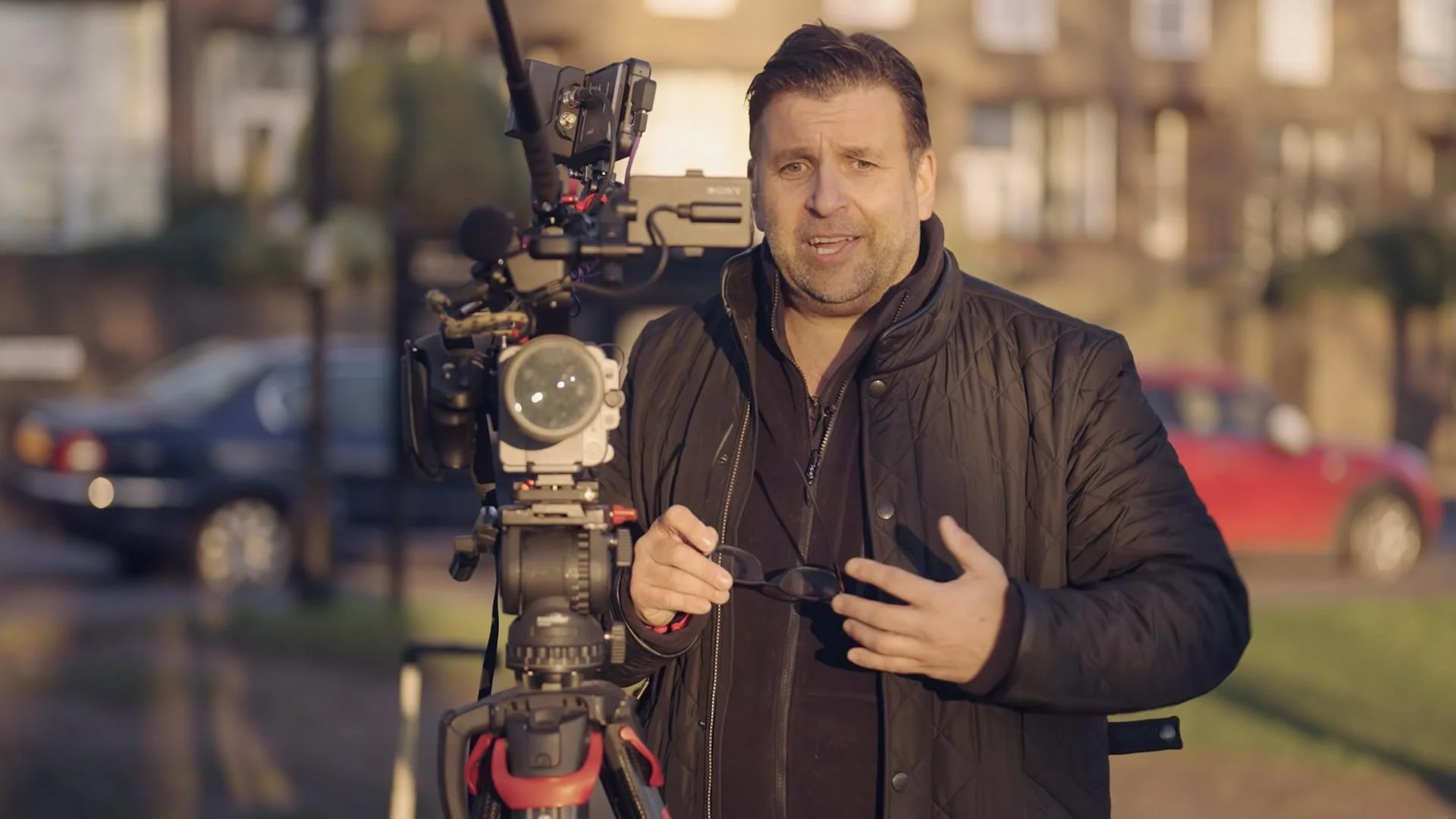Bokeh control with Sony FX6 and FX9 to mimic Cinefade effect
One of the greatest features that was introduced with the Sony FS5 and later FS7 II is the electronic variable ND filter, which allows shooters to precisely adjust the exposure without affecting iris, ISO or shutter speed and is especially useful for indoor to outdoor shots.
The Sony FX6 and FX9 take this feature one step further with bokeh control, which essentially allows operators to mimic the Cinefade variable depth of field effect. The aim of the bokeh control is to automatically change the built-in electronic variable ND filter to maintain a constant exposure when opening up or closing down the aperture.
Sony's bokeh control is not necessarily intended as an effect shot but a feature to be used between shots to set the ideal amount of depth of field for the subject matter. A nice feature, but a professional shooter with the brilliant electronic ND can achieve this by simply changing iris and eND settings manually.
Having said that, the bokeh control feature can indeed be used to achieve a cheap Cinefade effect. Simply turn on bokeh control in the settings to set the ND to auto and manually adjust the iris to vary depth of field. Sony's electronic ND filter will automatically adjust density to keep the exposure constant and with the introduction of software v2.00, the FX6 will even adjust gain to extend the depth of field range. Philip Bloom made a great video showcasing this feature.
Philip Bloom Sony FX6 bokeh control video
The Sony FX6 is not a professional camera aimed at cinematographers and will mostly be used by operators who are shooting news, events, documentaries, and corporate productions. The seamless depth of field control has its limitations, as it is only compatible with a Sony camera and Sony E-mount lens with a de-clicked iris, whereas the Cinefade is compatible with all cameras and cine-lenses.
The most useful applications of Sony's electronic ND filter is the ability to keep a good exposure when transitioning from outdoors to indoors which single operators will value. The filter automatically adjusts the neutral density during the transition and the built-in form factor means no additional filtration in a matte box adding weight and size is necessary. The Cinefade VariND is used for similar interior to exterior shots on professional productions and allows for greater manual control with a dedicated operator (usually the AC or DIT).
The introduction of bokeh control brings the ability to achieve the novel storytelling device of a variable depth of field to a wider market and up-and-coming filmmakers will have an opportunity to experiment with the effect before possibly moving on to professional cinema cameras and cine-lenses and achieving the same effect with a Cinefade system.
Sources: Newsshooter, VideoMaker, Philip Bloom.



